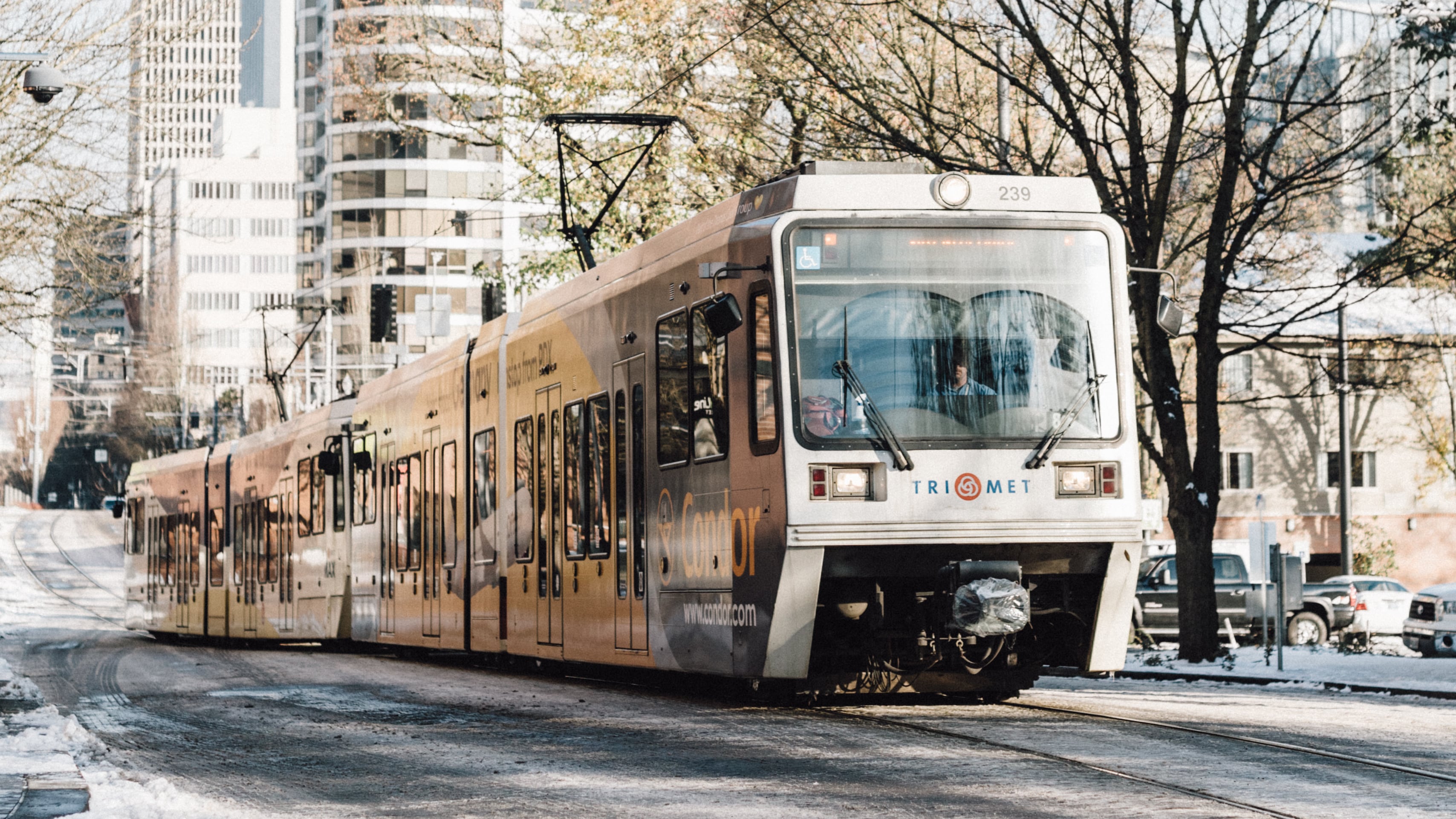When TriMet retires its original MAX cars in 2022, you probably never considered what might happen to them.
But that's exactly what has occupied the minds of participants in the MAX Reuse Design Challenge, who've envisioned ways to repurpose the trains rather than simply sending them to the scrap heap.
The contest, hosted by Portland State University's Center for Public Interest Design, came to an end Tuesday, Aug. 25, following a public viewing and vote on the different ideas. The winner, titled MAX Village, would turn the old light rail carriages into a miniature city at Holladay Park in Northeast Portland's Lloyd District.
One of the cars would serve as a community kitchen and cafe, with space to train 10 people. Another would become a warming shelter housing 14 beds and storage space for personal belongings. Plans for two other trains include a health clinic and learning center.

"Bringing the four functions together generates an inclusive and forward-looking atmosphere that empowers people to grow and learn new skills while addressing pressing needs of health and shelter," read an excerpt from the MAX Village submission.
The People's Choice award went to a similar setup: the Afro-Village Movement, which features moving trains that provide shelter, lockers, a kitchen with shelves for fresh produce, showers, laundry facilities and more.
"The three Afro-Village Trains aim to fulfill the demand of more equitable, just and accessible basic services," the entry stated.
Contestants had the freedom to approach their designs from any angle but were encouraged to consider socially significant issues when finding new uses for the trains.
TriMet still has yet to decide whether it will actually implement any of the winning concepts.
The public transit agency is scheduled to begin taking the 26 original MAX cars offline in 2022 as it begins to bring in the next generation of vehicles. The slightly smaller, boxier Type 1 trains with stairs at every door have been in service since 1984, and must be paired with other carriages to ensure they meet the Americans With Disabilities Act's accessibility requirements.
Designers also had the opportunity to envision a new purpose for the Type 2 MAX, the first low-floor vehicles put into use by a transit agency in North America. They've been around since 1997 and are set to be renovated over the next five years, so no retirement date has been set.
